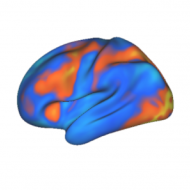I’m excited to announce that my latest scientific publication – “Multi-task connectivity reveals flexible hubs for adaptive task control” – was just published in Nature Neuroscience. The paper reports on a project I (along with my co-authors) have been working on for over a year. The goal was to use network science to better understand how …
Continue reading “The brain’s network switching stations for adaptive behavior”
